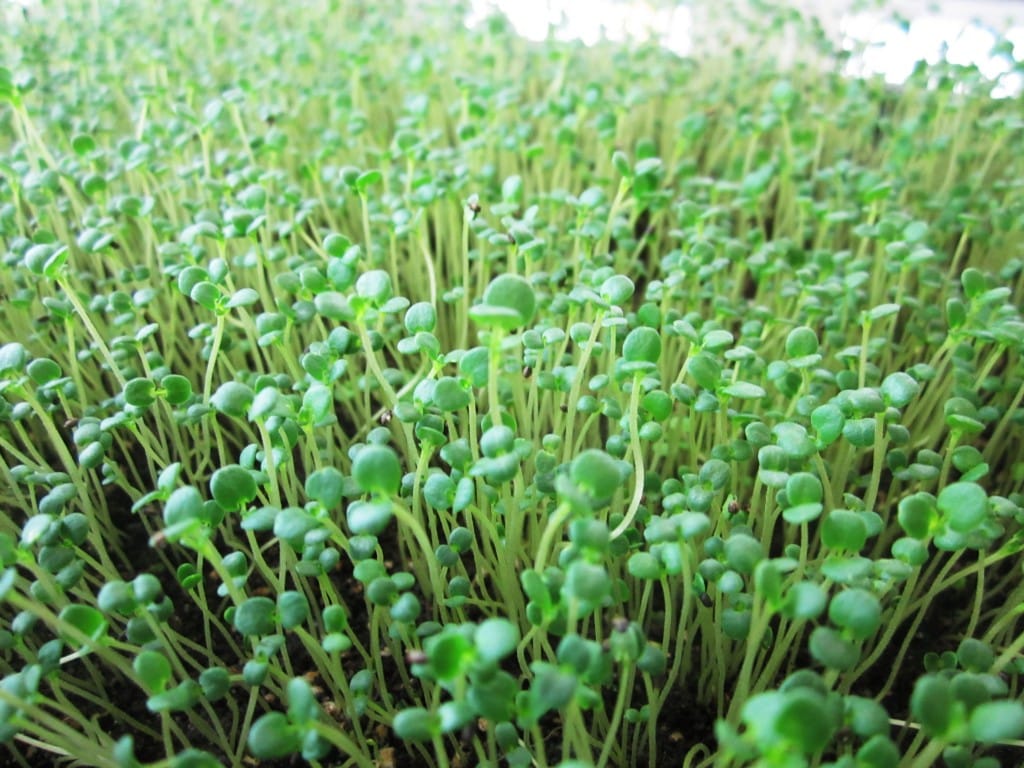28 Sep How To Grow Savory

The leaves of savory have somewhat peppery flavor with a minty thyme undertone. Summer savory is sweeter and lighter than winter savory. Both types of savory are used in the same way – they are the traditional flavoring for broad beans and lentil soup. Summer savory will enhance fish, vegetables, cheese and eggs, pea soups, beans and many other dishes. Tomatoes have a particular affinity for savory so you might try slipping a bit into your next tomato sauce. Summer savory combines well with other herbs, bringing out each flavor without overwhelming.
Since winter savory is stronger then summer savory so you need to go easy at first until you can control the intensity. Winter savory, which should always be cooked, is better suited to strong meat dishes and hearty bean stews. Both winter savory and summer savory are tasty, but if you are new to cooking with savory, it is generally recommended that you start growing the summer savory first until you feel comfortable with your cooking skill with it.
Tips to keep your savory happy
Allow plants to grow to a height of 6 inches before you start to harvest leaves for cooking. While savory plant is growing and when you are using fresh savory for cooking, use only the tender growth on the plant.

